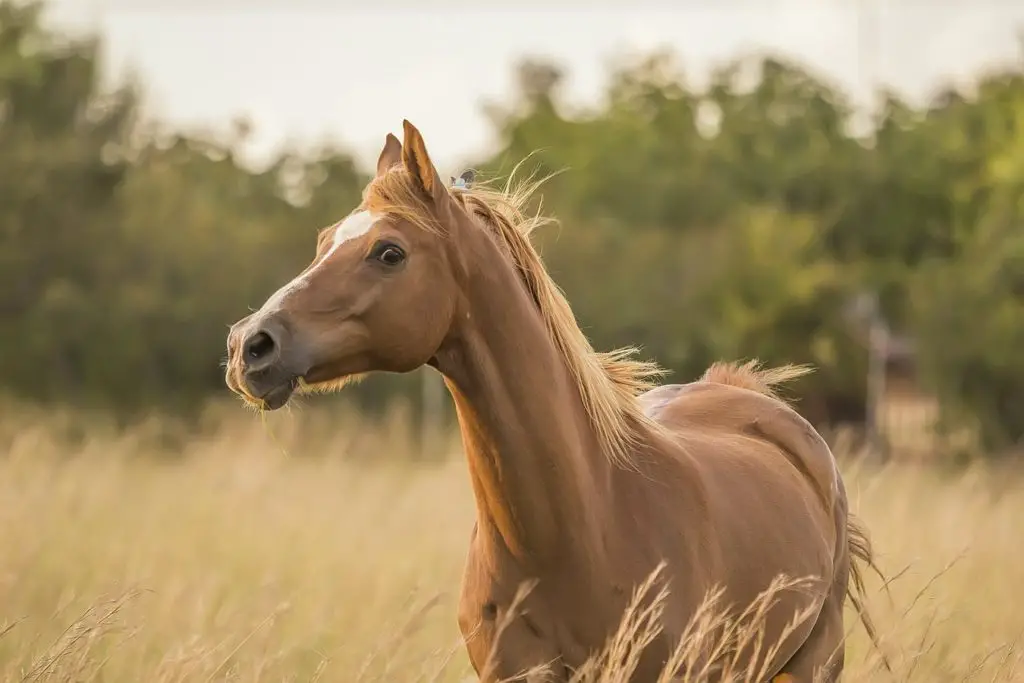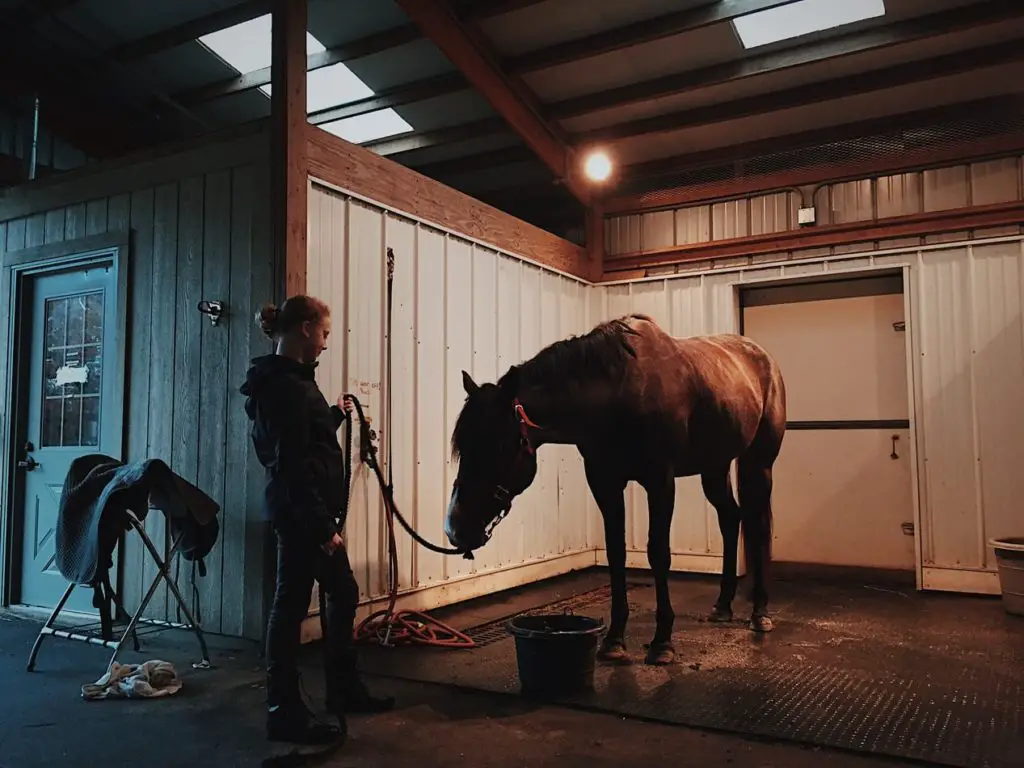Transporting horses certainly are not for the faint of heart. There are many factors to be taken into consideration when planning to transport or ship your horse, especially if the trip is going to take hours on end. In order to ensure a safe, controlled, and uneventful ride, here are 4 things to consider before transporting your horse.

1. The Documents
The first thing you’ll need to consider is the documents you need to prepare. If you’ll be transporting your horse across states, you’ll need to pay a visit to your vet first and do a full check-up on your horse. Make sure to include the vet on your traveling plans; that way, they’ll tell the kind of documents you’ll need to prepare according to the state, as well as any additional shots your horse should take. It’s safe to say that you’ll be asked to provide a Coggin’s negative report, ranging from 6 to 12 months, depending on the state regulations. Additionally, you should have a current Health Certificate or Certificate of Veterinary Inspection (CVI) ready at your disposal. These results will take some time, so make sure you dedicate at least a week for this task.
2. The Journey
Next, you’ll start planning every step of the journey you’re about to take your horse on. Let’s get into more detail about this journey.
Transporting agency
Unless you’re planning to transport your horse using your own vehicle, which is not recommended unless you’re a pro, you’ll need to research horse transport agencies and shortlist them until you settle on the best survive provider. A great transportation agency will have designated vehicles, or different features, sizes, and packages, to offer you an experience that suits your needs.
Check the Vehicles’ Safety
Whether you’ll be driving your own vehicle or hiring an agency, you should double-check the safety of the vehicle before hitting the road. Trailers can especially weather out before showing any signs of wearing out, so make sure they can handle hauling without any safety issues. Alternatively, make sure the vehicle’s lights, blinkers, brakes, brake lights, transmission, and mirrors are all working properly. While you’re at it, don’t forget to check the state of the fluids and tires.
Avoid traffic delay
Although checking the GPS for the estimated traffic at a certain time may not always be accurate, it’s the next best thing you can do after fortune-telling. If you don’t have access to a fortune teller, then it’s best to plan your journey for the least expected traffic periods.
Plan for rest stops
Make sure to squeeze some rest time during your journey; one rest hour for every hour spent on the road. Check the maps and plan for safe rest areas in which you can stop and allow your horses to rest.

3. The Horse’s Experience
Perhaps the most important factor to consider is your horse’s experience throughout this journey. Failing to provide a safe and comfortable atmosphere may force your horse into overreacting, which can have severe consequences for everyone involved. To avoid most kinds of mishaps, take care of the following aspects.
Hydration
You should keep your horse hydrated throughout the whole journey. At most, your horse shouldn’t go without water for more than 4 to 6 hours. On a side note, your horse may reject any foreign water that’s different than what they’ve been accustomed to, so make sure you carry water from home with you.
Hay
In addition to good drinking water, make sure your horse has constant access to hay throughout the journey. Make sure you provide enough hay for the journey and utilize a slow-feeding hay bag to prevent it from going through all of the hay in the first hour.
Vital signs
Make sure that your horse is well and healthy on the road by constantly monitoring its vital signs. Vital signs include heart rate, temperature, and respiratory rate. It’s especially important to monitor its vital signs after hauling to be alerted of any signs indicating stress, colic, or health conditions.
Bedding
The bedding should be comfortable to alleviate stress from your horse’s joint, but make sure to avoid using materials that accumulate dust.
4. Emergencies
Last but not least, plan for the worst-case scenarios. Have emergency contacts for first responders ready on your phone in case of an accident or road issues. Moreover, an emergency kit will come in handy in applying first aid until help arrives.
Road accidents are scary on their own, and adding a horse to the equation can be outright terrifying. Before deciding to transport your horse, make sure you’re well-prepared for the journey. Prepare the documents, plan for the road, optimize the ride for your horse’s safety, and make sure you’re ready to face the worst.